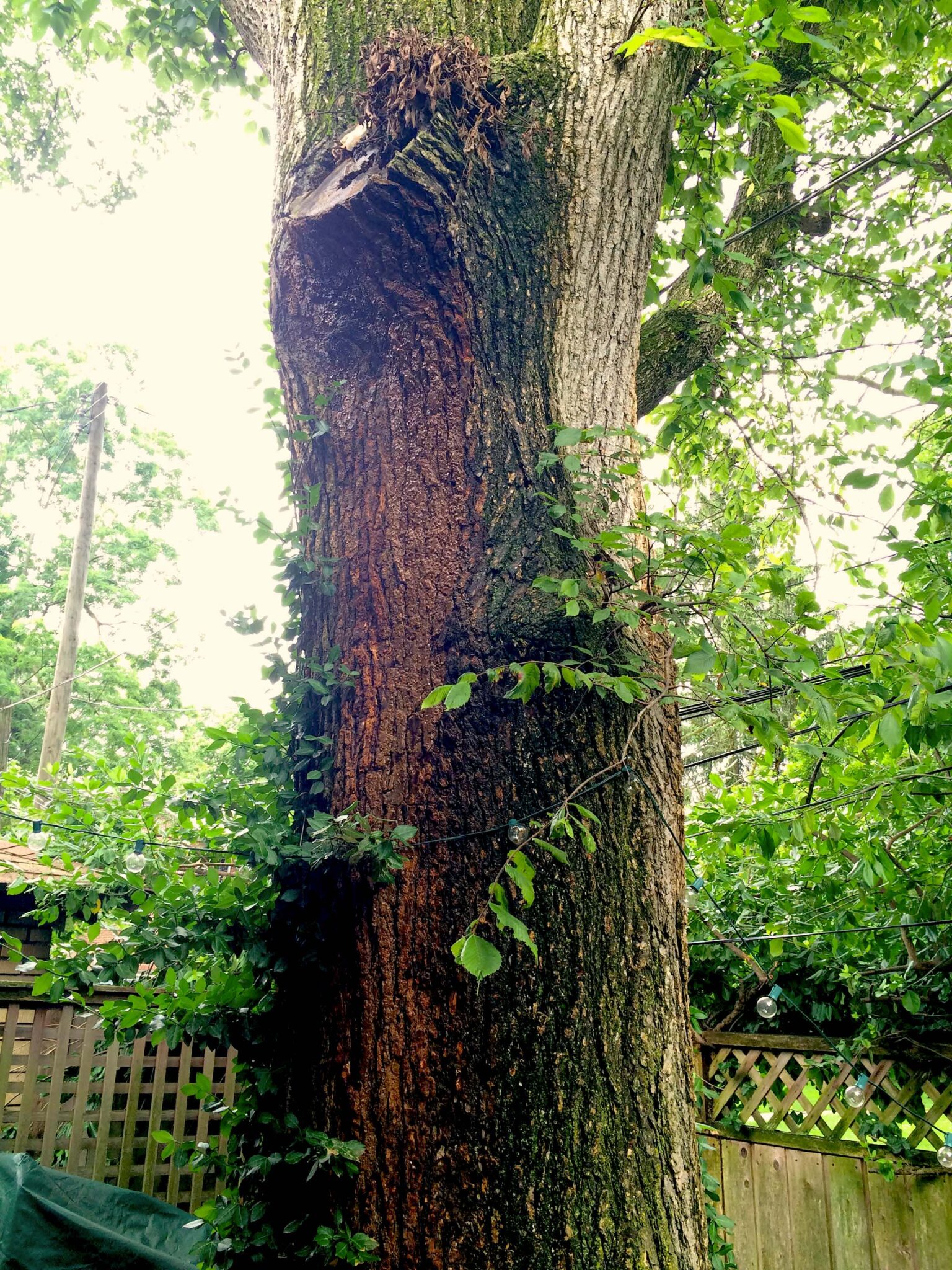

For a free, no-pressure comprehensive yard evaluation and slime flux tree disease control consultation, contact our Murray office today. With over 20 years of experience, the Reliable Tree Care crew has the skill, knowledge and expertise to provide effective strategies for managing and preventing the many tree diseases found in northern Utah. If you’re worried about wetwood and other tree diseases, contact the certified arborists at Reliable Tree Care. When trimming or pruning are needed, hire a certified arborist to ensure proper techniques are used.Promptly remove weak and dead branches to eliminate avenues of infection.The disease also affects species of apple, ash, birch, cherry, fir, honeylocust, linden, maple, oak, sycamore, plum, and poplars. In Colorado, the disease is most prevalent in aspen, cottonwood, elm and willow. Treat fresh trunk wounds by carefully removing injured bark. Bacterial wetwood (bacterial slime, slime flux) is a common disease that affects the central core of many shade and forest trees.Avoid injuring your trees - keep lawn care and construction equipment a safe distance away.

Take care to guard against environmental stresses, including drought and extreme temperatures.Plant trees in locations with little soil compaction from pedestrians and vehicles.Healthy trees can conquer wetwood, but certified arborists recommend the following to prevent wetwood from taking hold: Now, however, certified arborists rarely drill holes, as it usually does more harm than good. Years ago, drilling a hole in the infected trunk area and inserting a short pipe was common practice. This was done to relieve the internal pressure and direct the slime flow. With proper care, an infected tree can grow strong enough to isolate and seal off the wounds, mitigating the effects of the disease. The best way to manage wetwood is to maintain the tree’s overall health. Wetwood can also appear as dark brown or black streaks on the trunk or branches, and signs of stress - like wilting, leaf scorch, premature leaf drop and branch dieback - may be noticeable in cases of extreme infection.

Slime seepage usually peaks in the summer, when the bacteria are most active. As it dries, a white or pale gray crust may be left behind. The slime - which has a rather foul odor - oozes from the trunk and runs down the bark.
#Slime flux how to
How to Identify Slime Flux DiseaseĪs the name of this tree disease suggests, slime is a major sign of an infection.
#Slime flux professional
With professional tree disease control, wetwood isn’t always a serious problem, and certified arborists have the skills to identify, manage and prevent slime flux. The bacteria gains entry through wounds from boring insects, improper pruning, broken branches and unintentional injuries by lawnmowers and construction equipment. Tree disease control service - when performed by a certified Utah arborist - can help your trees overcome the effects of slime flux.Īlso known as wetwood, slime flux is a common bacterial disease that infects many popular northern Utah species, including elm, poplar, dogwood, maple, beech and willow.


 0 kommentar(er)
0 kommentar(er)
